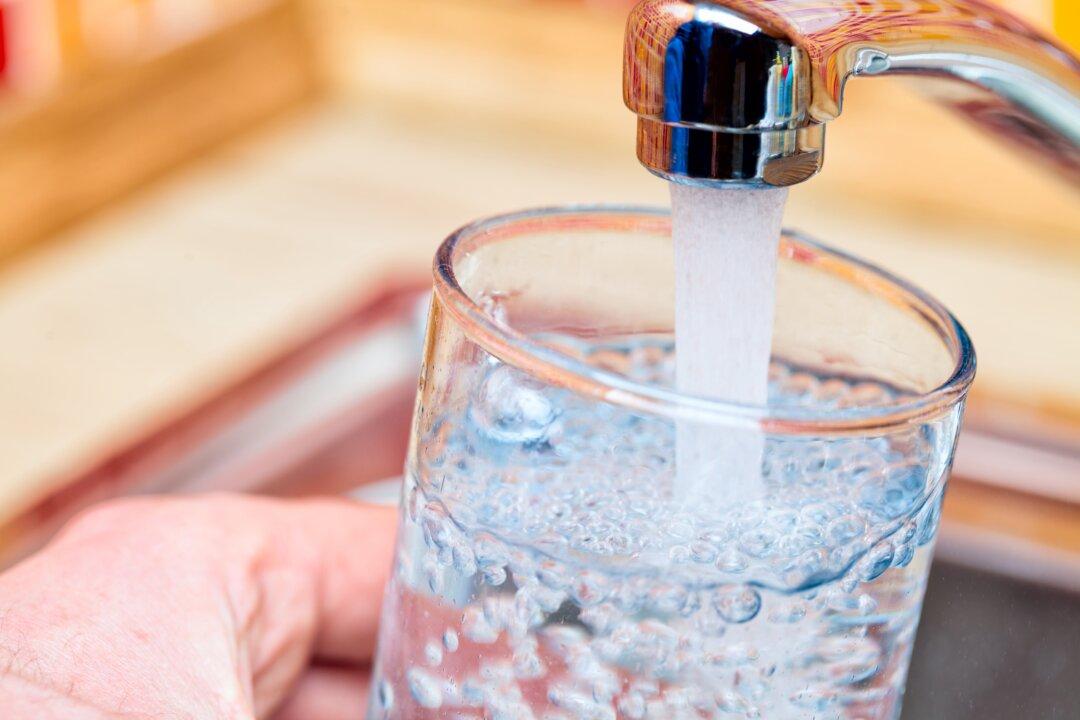Commentary
We take it for granted. We turn on the kitchen or bathroom faucets in our homes and offices with every expectation that the water we receive is uncontaminated and not dangerous to our health.

We take it for granted. We turn on the kitchen or bathroom faucets in our homes and offices with every expectation that the water we receive is uncontaminated and not dangerous to our health.